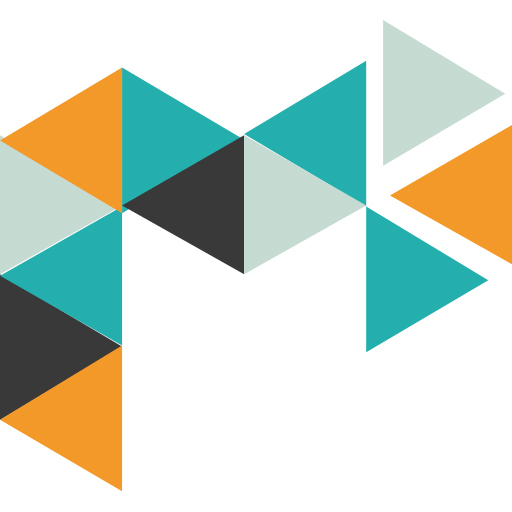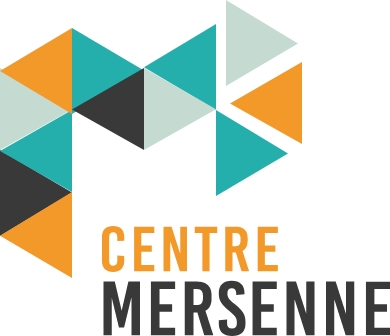The Centre Mersenne provides services for typesetting and proofreading. This expression immediately brings to mind the article’s online presentation, its proper viewing: typography, display of metadata, layout… But what exactly does this involve?
What is typesetting?
All articles from the Centre Mersenne journals are created in LaTeX. Typesetting means editing the elements provided by the author so that:
- the article can be correctly compressed on the computer during the fascicle’s creation (error-free LaTeX and compatible with Cedram which implements the journal’s layouts);
- the information retrieved (metadata and bibliography) during the fascicle’s creation is correctly encoded and formatted;
- the article can be visually appealing, typographically correct and in keeping with the journal’s templates and operations.
Therefore, typesetting at the Centre Mersenne includes: layouts according to the journal’s customised LaTeX templates, copy preparation, checking and structuring of metadata and bibliography, checking and adjusting graphic elements and mathematical formulae.
Typesetting process
Typessting and proofreading are not automatic and require various human interventions.
1- Preparation and verifications
This means preparing the folder where all the files will be stored and checking that all required files are present.
2- Checking the bibliography
The first step is to check the bibliography’s format and its informational content. Missing information then needs to be researched and completed using the information available in the scientific databases. Then various verifications are conducted: website addresses, names of authors and publishers, consistency of titles, names, etc.
Transfer to the Cedram module
The purpose of this phase is to cleanse the author’s master file.
The idea is to first render the article error-free using the cedram module, without worrying about the result. This allows us to detect any unnecessary packages or macros and to monitor future errors.
4- Checking the metadata
This step is crucial because all this information will be retrieved by Tralics for display on the journal’s website.
The quality and completion of metadata varies from journal to journal. The dates are integrated from OJS data. From a technical point of view, at least the title and the author’s name are required for building an article.
The metadata must be verified, completed and sometimes formatted to make it intelligible to Tralics and readers.
5- Verification of packages, macros and images
This phase allows checking and cleansing of macros and packages. It is necessary because macros sometimes redefine the settings of the journal’s layout.
6- Page layout and typographical corrections
At this stage, the layout designers at the Centre Mersenne observe standard typographic rules (layout of formulae, deletion of unnecessary spaces and of widow and orphan lines, insertion of non-breaking spaces, checking of illustrations, etc.) and any rules specific to the journal.
7- Discussions with authors, validation and submission to the journal
Once typesetting is complete, the files are sent via OJS to the publisher and author for approval. Several corrections may be made until validation by the author.


